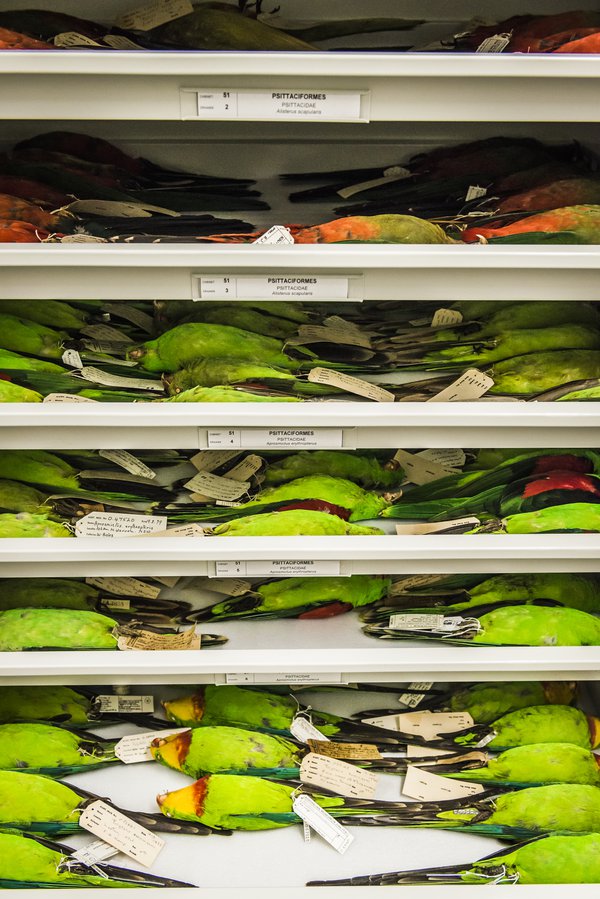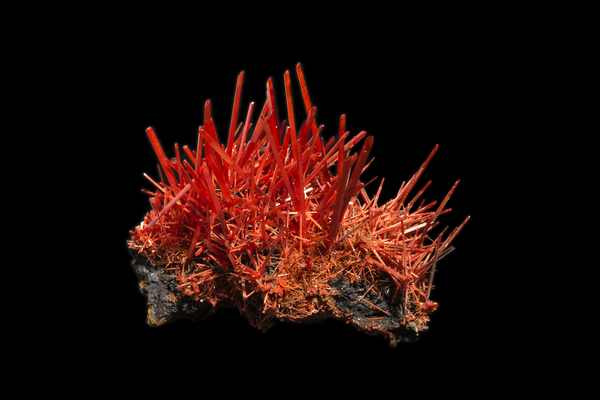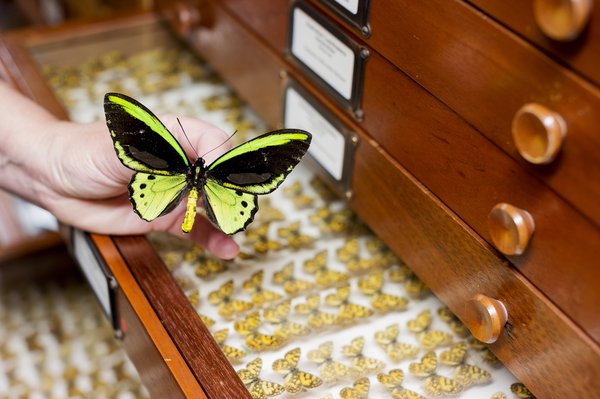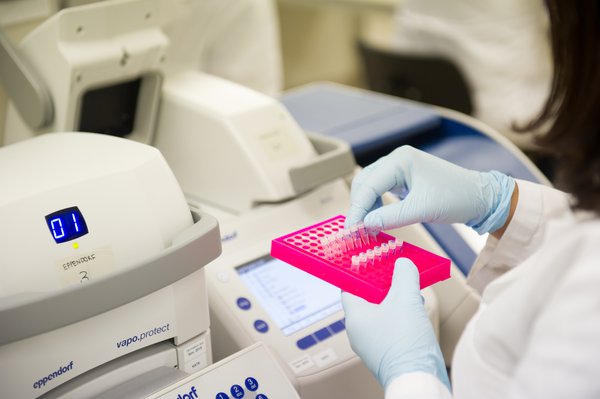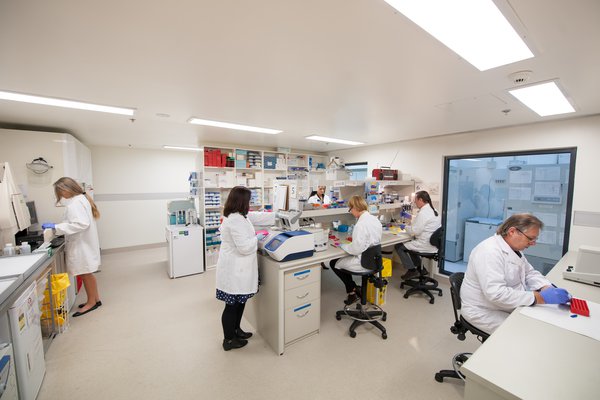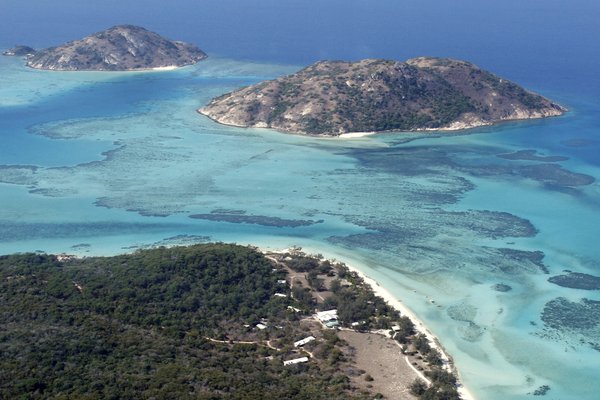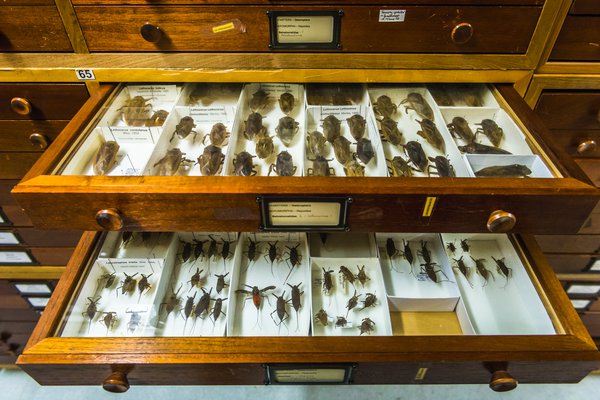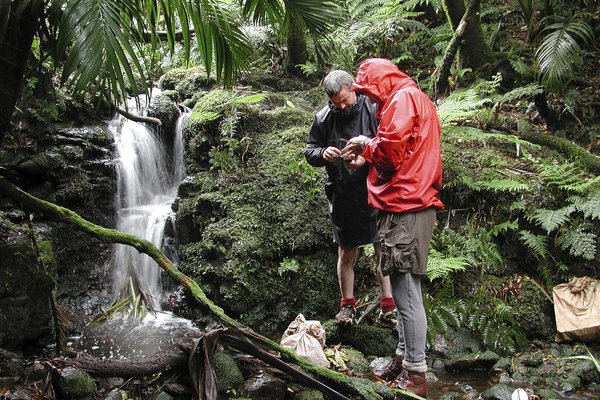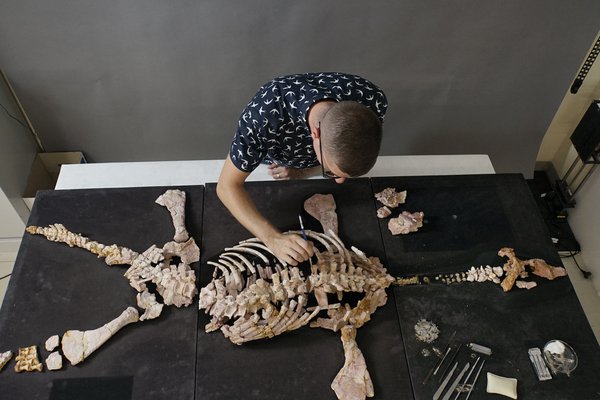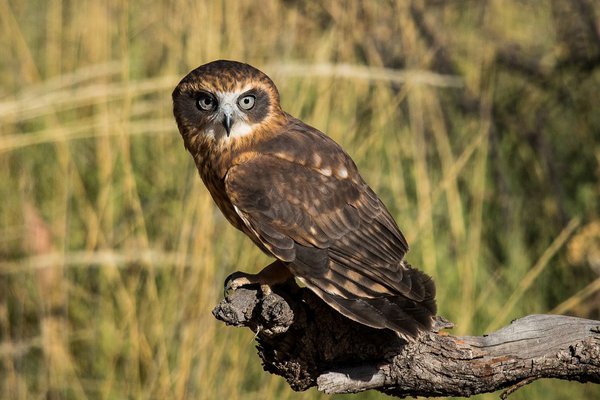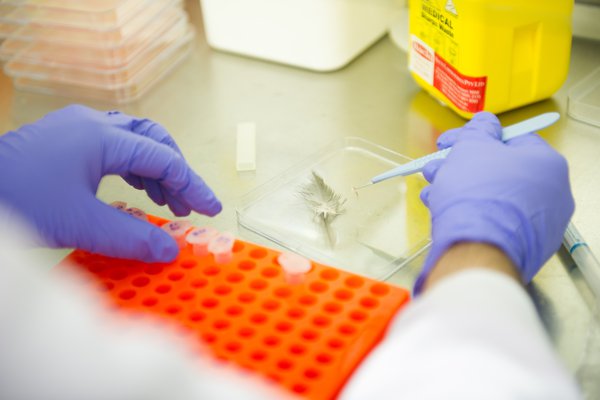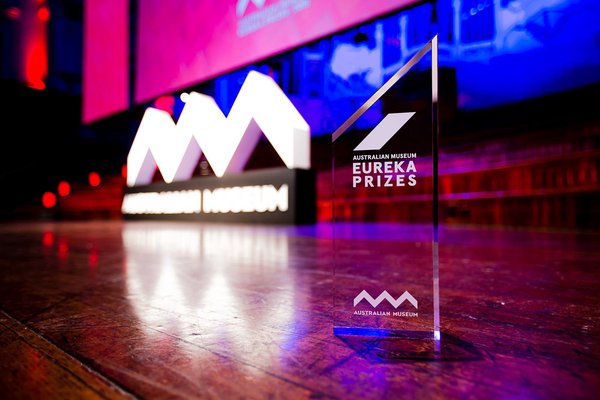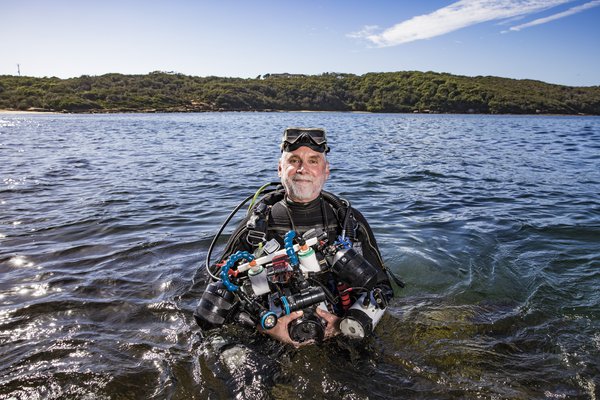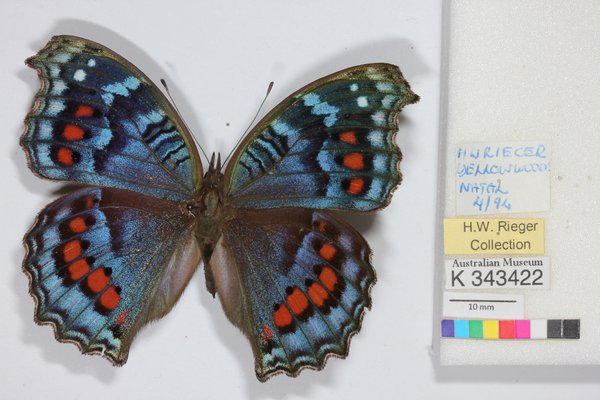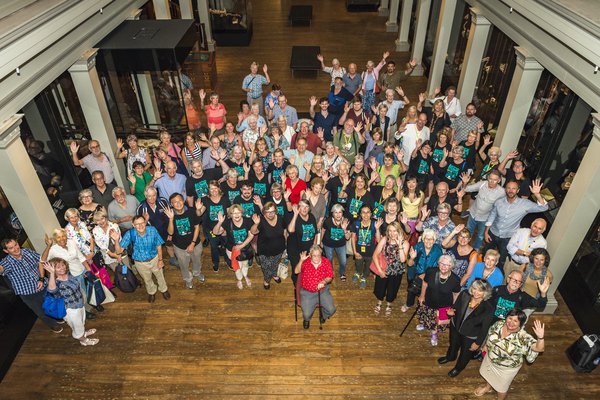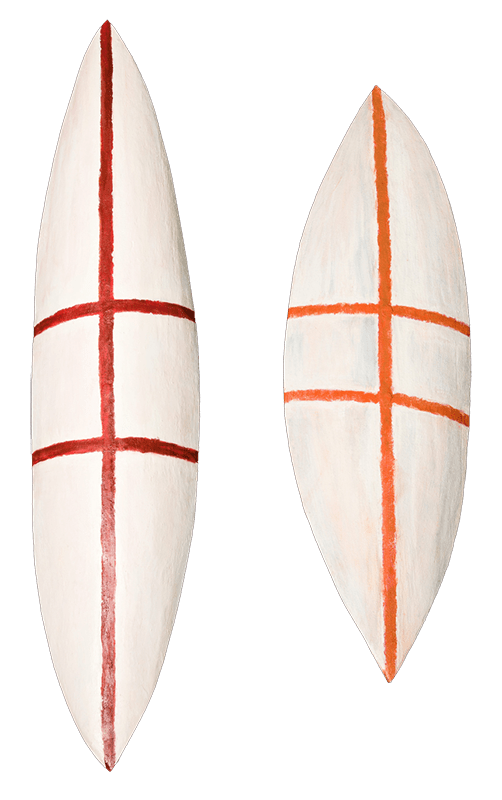Australian Museum Research Institute (AMRI)
Understanding and responding to challenges facing our planet through scientific research, communication and education.

The Australian Museum Research Institute (AMRI) brings together a team of more than 100 staff including research scientists, collection scientists, collection officers and more than 130 associates, fellows and students. We also host many visiting local and international researchers each and every year. Our research focuses on some of today’s major challenges:
- climate change impacts on biodiversity;
- the detection and biology of pest species
- understanding what constitutes and influences effective biodiversity conservation.
Our natural history collections underpin our research and are essential for our biodiversity research, and one of our main assets is our use of wildlife genomics to solve key problems.
Our deep knowledge of biodiversity and geodiversity, combined with our integrative, collections-based approaches give us a unique perspective on understanding the evolution of our environment and on the path to a better future. We discover and document the biodiversity of our backyards and beyond, identify potentially environmentally and economically devastating pests, and use molecular techniques (DNA) to solve wildlife forensic mysteries and to understand the origins of Australia’s unique fauna.
We hold approximately 19 million objects and specimens in our natural history collections and our research is underpinned by significant scientific infrastructure including the Australian Centre for Wildlife Genomics, the Australian Museum Research Library and the Lizard Island Research Station, situated on Australia’s Great Barrier Reef.
We communicate our scientific research widely, inspiring interest in the natural world and informing decision-makers, thus making important contributions to society and the environment.
Our Science Strategy
Science at the Australian Museum is guided by the 2017-2021 AMRI Science Strategy. This strategy is structured in a way that reflects the multidisciplinary nature of museum science and our unique ability to provide first class research outcomes via our collections. We continue to build on our key strengths, our presence in community and industry and the enhancement of our reputation as a trusted advisor of reliable and credible science.
Our Vision
- To be a valued global leader in scientific discovery and conservation.
Our Mission
- To anticipate and answer major scientific questions about our past and our future
- To protect, develop and provide access to our collection for high-quality, high-impact science and community engagement
- To develop community knowledge of and engagement with science.
AMRI Science Strategy 2017-21
Get involved
Support our research
Help us to protect our vital natural and cultural heritage for generations to come. With your support, our scientists, explorers and educators can continue to do their groundbreaking work.
Make a donation

